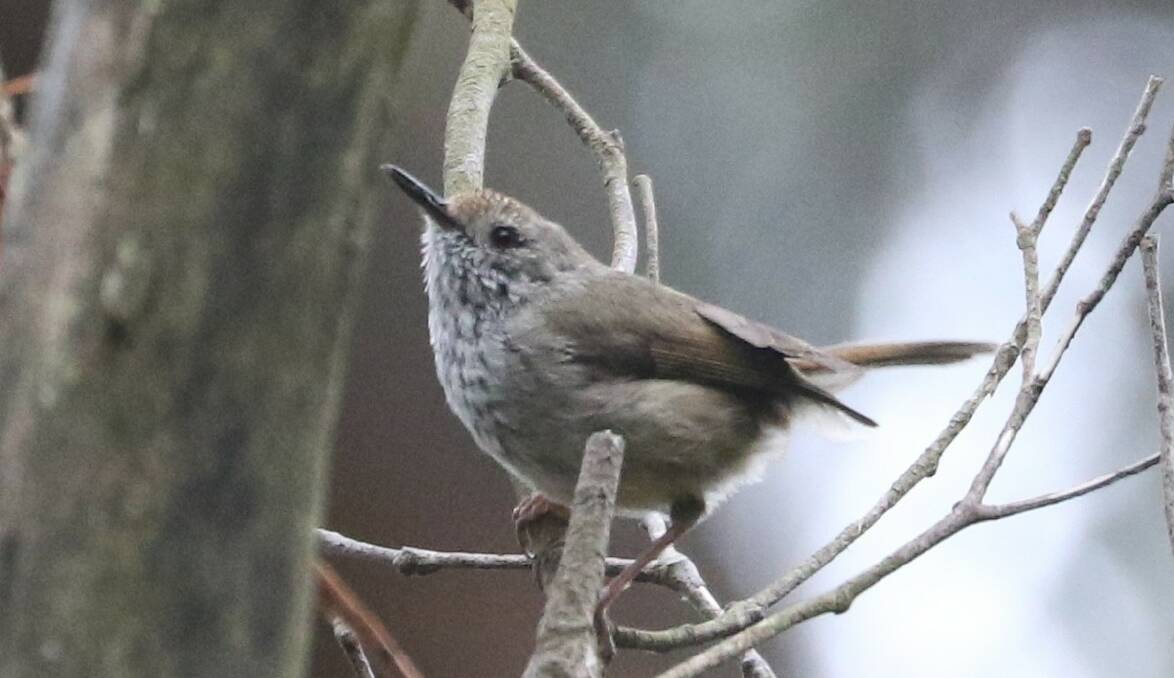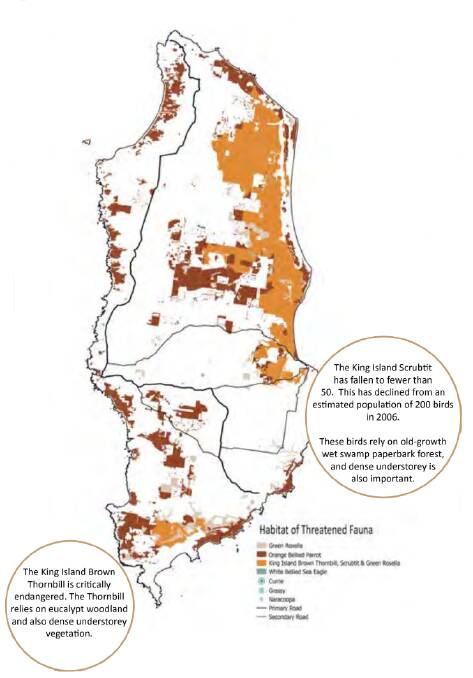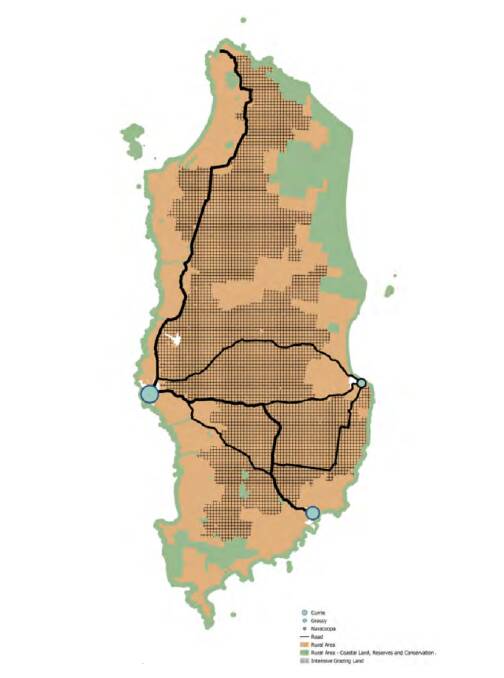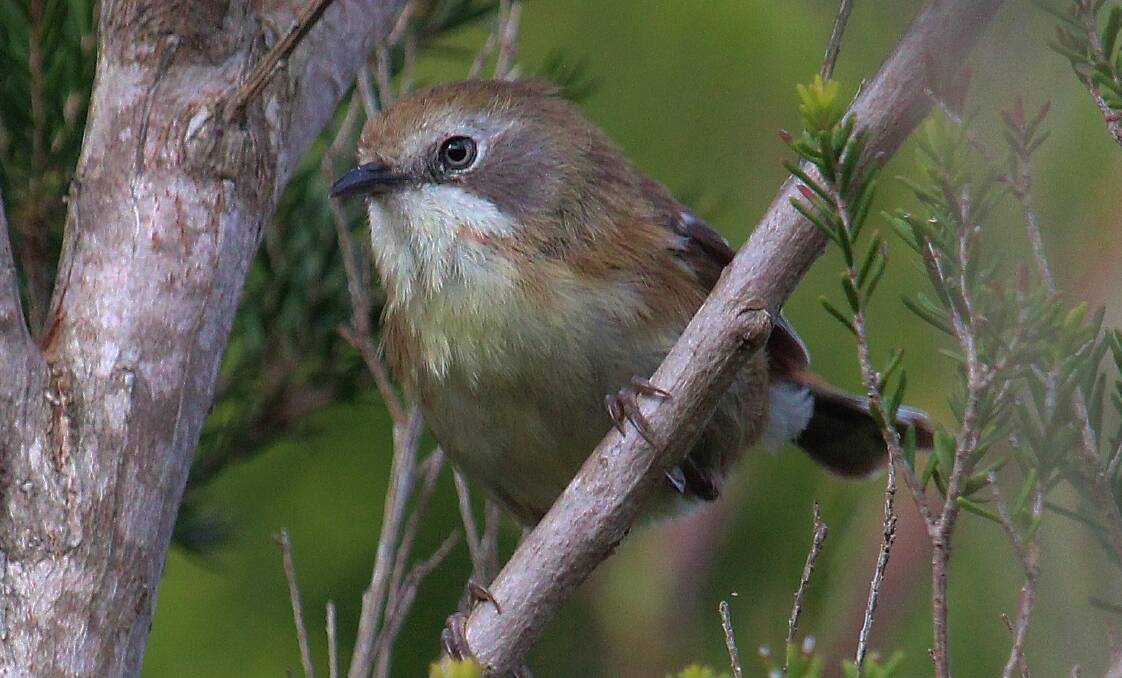
Private landholders on King Island could be called upon to help save the critically endangered brown thornbill and scrubtit through greater incentives to protect and enhance native woodland and swamp habitat.
Subscribe now for unlimited access.
$0/
(min cost $0)
or signup to continue reading
State and federal government representatives met with King Island residents, council and non-government organisations in June following the discovery of brown thornbills living outside their usual habitat.

The meeting heard of the need to survey potential habitats, increase protection at the Pegarah State Forest, increase capacity to respond to fire in key habitat and protect habitat on private land through incentives to landholders.
Jenny Lau, of BirdLife Australia, said it was positive to see a concerted effort from all levels of government to ensure the future of the birds.
"We're wanting to emphasise that where we identify priority habitat, there's a range of incentives available to enable greater protection," she said.

"We do know that there is a lot of habitat in private land, particularly for the thornbill.
"The work of the Cradle Coast Natural Resource Management and both levels of government will be important.
"These birds are, in terms of the threat to their survival, as close to the edge as they can be. They are one step away from extinction."
The brown thornbill and scrubtit were the birds most likely to go extinct in Australia and, before the recent Australian National University survey, populations of both were each estimated at fewer than 50.
Key habitat at Pegarah State Forest is near Naracoopa, with other habitat found in additional areas near the East Coast. The thornbill relies on eucalypt woodland and dense understorey vegetation, and the scrubtit prefers old-growth wet swamp paperbark forest and dense understorey.
MORE ON KING ISLAND'S ENDANGERED BIRDS:
A King Island Council report last month found native vegetation had "diminished" to less than 30 per cent of the island. The council's Land Use Plan sought to further distinguish agricultural land from the sensitive dune system and rural areas to guide future development.

Kate Ravich, from Birds of King Island, said there was an "urgent" need to act on a range of measures discussed at the community meeting.
"Taking decisive action now is essential to saving these two species from extinction," she said.
"Successful recovery will rely on strong partnerships between the King Island community, state and federal governments, NGOs and specialist scientists to address their key threats."


